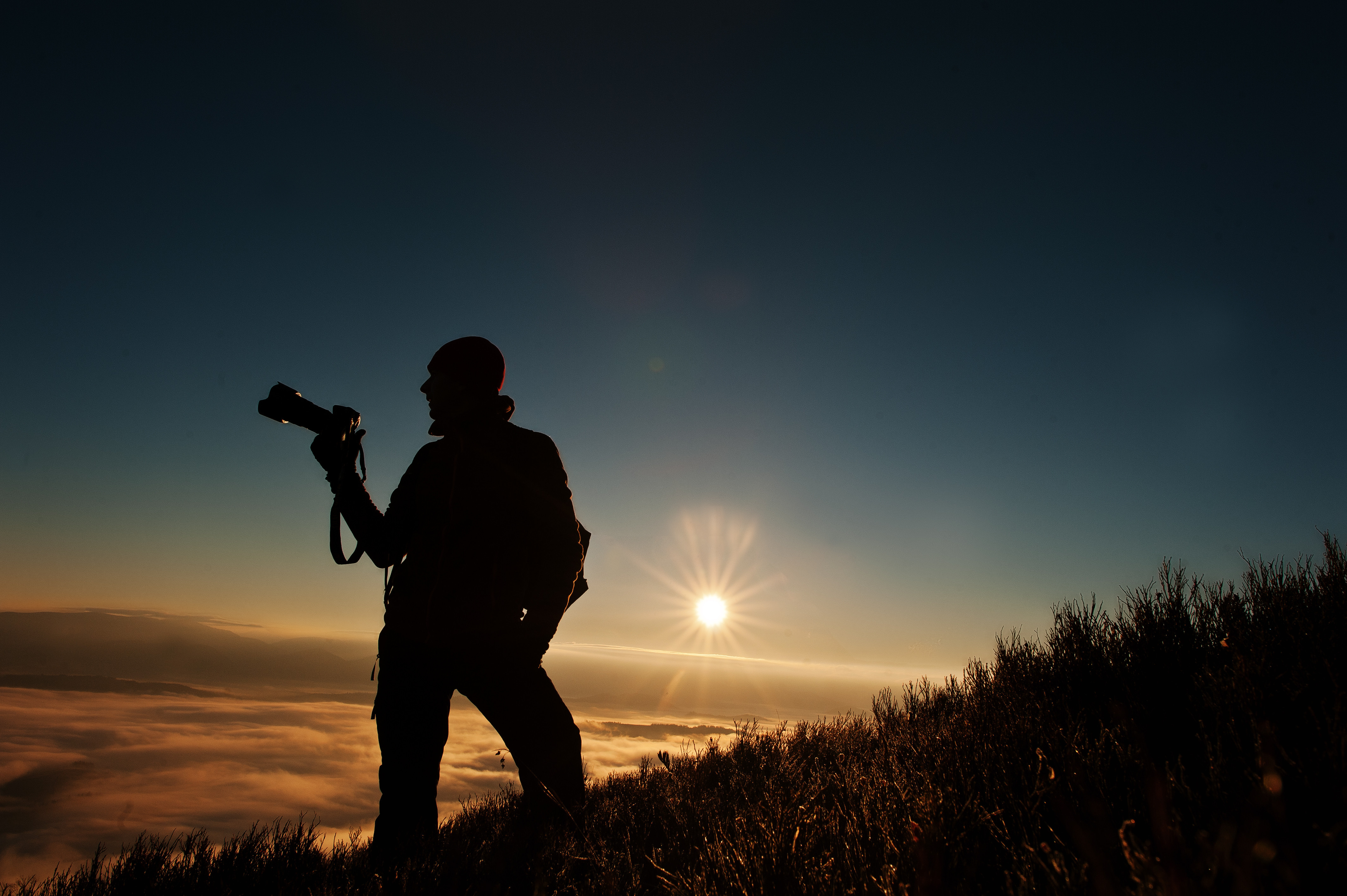WHY SHOULD WE TAKE OUR PHOTOS RAW? WHAT IS THE DIFFERENCE BETWEEN RAW AND JPEG?
29 May 2023
What is the difference between RAW and JPEG formats in photography and why should we shoot our photos in RAW?
RAW Format:
RAW is a file format that directly records the data captured by a camera's image sensor without any processing. Therefore, RAW files contain all the data captured at the time of shooting, and this data is quite useful for post-processing. RAW files can have larger file sizes since the camera does not process the image.
JPEG Format:
JPEG is a compressed image file format. JPEG files have smaller file sizes by retaining colors and details with less sensitivity. Therefore, JPEG format is preferred in most photography.
Advantages of RAW Format:
1. Higher Image Quality: RAW files have higher image quality than JPEG files. Because RAW files contain everything captured and no compression is performed, they contain more detail and color information.
2. More Editing Flexibility: RAW files provide more flexibility for post-processing. Since all the data is available in the file, it is possible to perform more color adjustments, contrast adjustments, and detail enhancements.
3. White Balance Adjustments: RAW files provide more flexibility for white balance adjustments. Thus, more accurate white balance adjustments can be made later.
4. Exposure Adjustments: RAW files provide more flexibility for changing exposure settings. Thus, if you made a mistake with exposure settings during shooting, you can make corrections later.
Disadvantages of RAW Format:
1. File Size: RAW files can have larger file sizes. Therefore, storage space and file transfer operations can be a bit more cumbersome.
2. Slower Processing: RAW files are processed slower than JPEG files. Therefore, if you shoot many photos in RAW format, editing these files may take more time.
3. More Knowledge Required: RAW files require more knowledge and experience. Because when editing these files, you need to have more knowledge about color adjustments, white balance adjustments, and exposure settings.
When Should RAW Format be Preferred?
RAW format may be more suitable for professional photographers, especially those who need more flexibility for post-processing and who value image quality more. In addition, RAW format may be more appropriate when shooting in low light conditions or when making multiple exposures. However, it should not be forgotten that RAW format has larger file sizes, slower processing, and requires more knowledge.
In conclusion, both RAW and JPEG formats have different advantages and disadvantages. It is up to the photographer to decide which format to use depending on the circumstances.


